Introduction
In the competitive world of retail, increasing conversion rates is a top priority. To achieve this, retailers must implement effective strategies that engage customers and drive sales. This article explores various techniques that can optimize retail conversion rates, from optimizing store layout and window displays to leveraging technology and implementing personalized marketing.
By following these expert recommendations, retailers can create a customer-centric environment that resonates with their target audience and ultimately leads to increased sales. So, let's dive into these strategies and discover how they can elevate your retail business to new heights.
Optimize Store Layout and Window Displays
When it comes to creating a retail environment that not only attracts individuals but also boosts sales, the strategic arrangement of products and the use of visually appealing displays are crucial. Leading individuals through your store with a well-planned arrangement can improve their shopping experience and highlight key items. For instance, integrating eye-catching visuals and signs in your window displays can capture the attention of passersby, turning them into potential buyers.
Ensuring your store is easy to navigate with intuitive layout and clear category signage can significantly enhance the journey within your store. Furthermore, creating focal points for promotions or new arrivals can guide traffic and attract their attention to specific products.
To maintain interest and adapt to changing trends, it's important to refresh your window displays regularly. This keeps your storefront lively and relevant, particularly during festive seasons where innovative and visually stunning displays can outshine the competition.
By employing these techniques, which blend artistic flair with scientific precision, retailers have seen success time and again. It's not just about aesthetic appeal; it's about creating an environment that resonates with your target demographic and compels them to purchase. Before implementing changes, it's helpful to capture images of your sales floor to objectively assess its current state and plan for a layout that will encourage customers to explore every corner of your store.
Retailers today are breaking new ground by integrating technology such as augmented reality and interactive elements into their displays, taking the shopping experience to a new level. For example, the recent innovation in checkout-free stores, such as the one powered by Zippin technology at Dublin Airport, represents the evolving landscape of retail convenience and efficiency.
Ultimately, the objective is to design a store layout that guides shoppers through the entire sales floor, complemented by irresistible displays that not only attract but also convert foot traffic into sales. Using the average ecommerce ratio as a reference, retailers aim to surpass these averages and position themselves among the top tier of performers in their industry. It's essential to remember that the appeal of your retail space, coupled with a deep understanding of your target audience, can substantially influence your conversion rates and overall retail success.
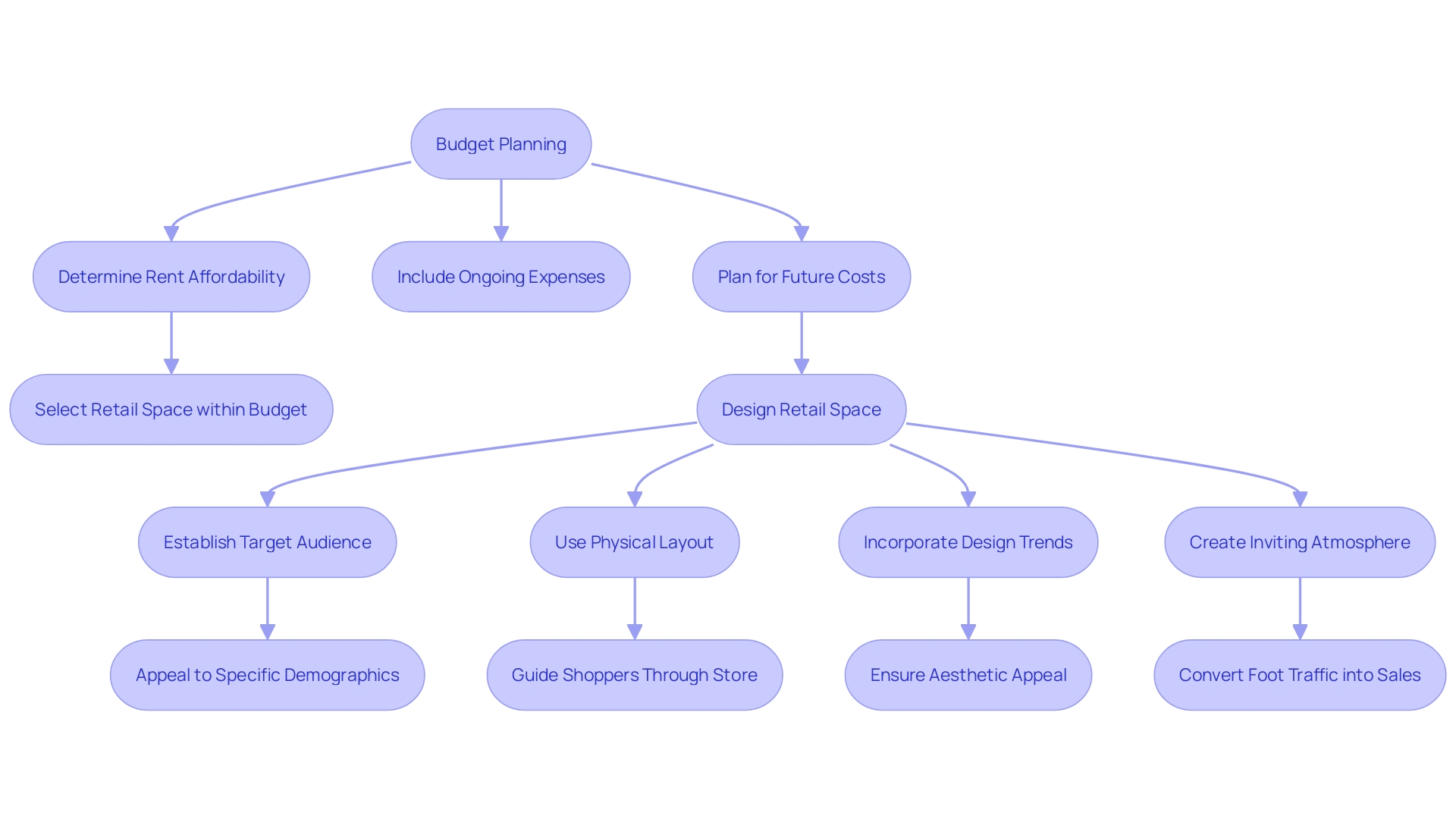
Implement Effective Queue Management
To optimize the checkout experience and prevent the loss of sales due to long queues, retailers are turning to innovative solutions. One such approach is the application of computer vision to analyze and manage checkout lines effectively. By establishing a system that tracks the time each individual spends in line using video analytics, businesses can acquire valuable insights into queue lengths and wait times. This information is crucial for making data-driven decisions to enhance flow and satisfaction.
For example, by identifying peak times when queues are consistently long, retailers can adjust staffing levels to ensure a more efficient checkout process. Moreover, the implementation of alternative checkout options like self-service kiosks or mobile payment systems can aid in distributing the workload and alleviating the strain on conventional checkout counters.
Furthermore, an online waiting system that alerts individuals when it is their time to make a payment can greatly improve the shopping process. Customers can continue browsing instead of standing in a line, which not only improves their satisfaction but also increases the chances of additional purchases.
Clear signage and instructions play a crucial role in guiding individuals smoothly through the checkout process. This reduces the potential for confusion and frustration, which can be a barrier to a positive retail experience. These strategies, backed by cutting-edge technology and analytics, are revolutionizing the retail industry, providing individuals with a smooth and effective method to finalize their transactions.
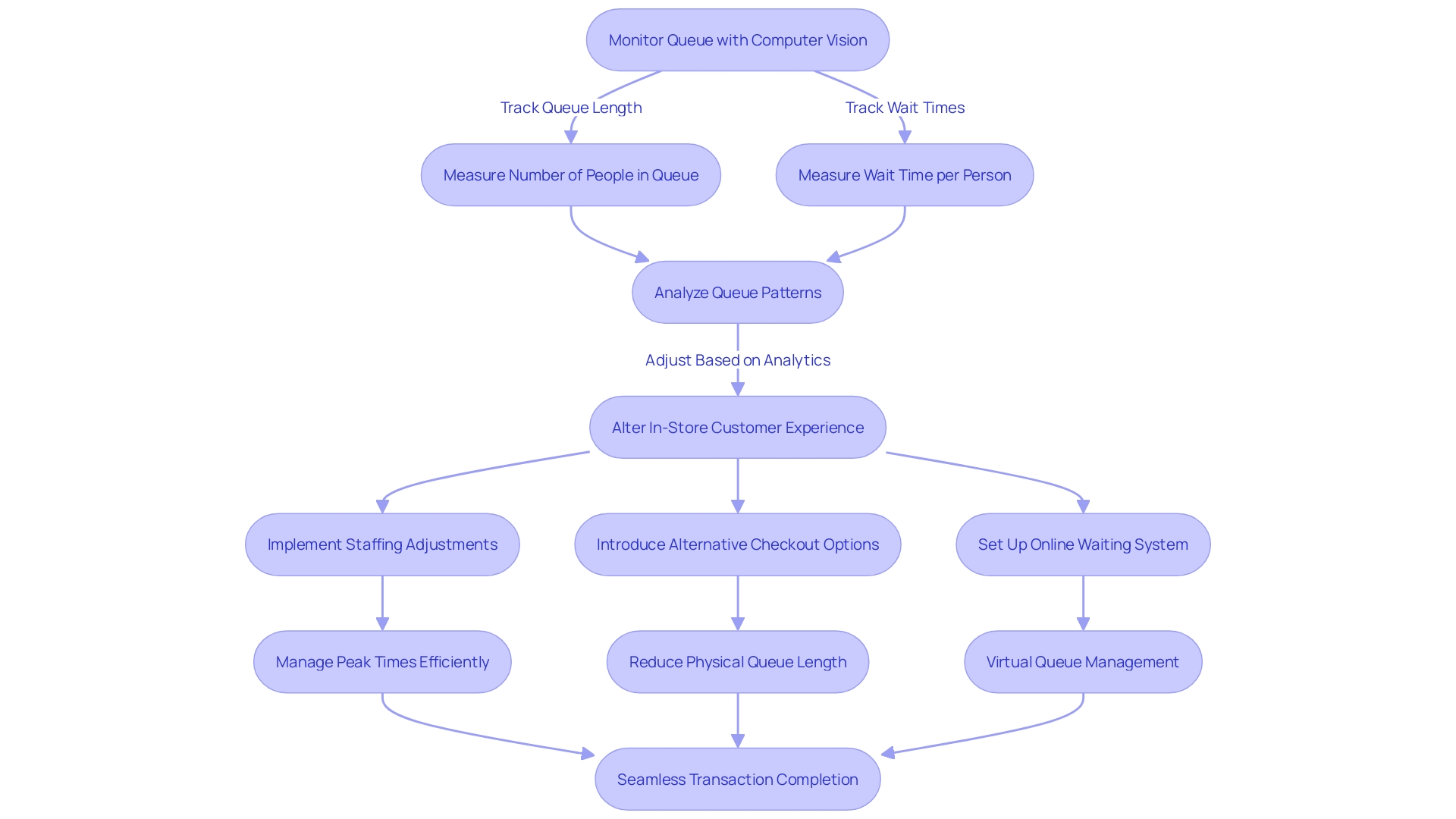
Train and Motivate Sales Staff
Enhancing your sales team's capabilities is essential for improving conversion rates in the competitive retail sector. Focusing on core strategies such as in-depth product training can empower your staff with the knowledge necessary to confidently discuss product features and benefits. This level of expertise is crucial as retail has evolved over millennia into a trillion-dollar industry with countless transactions daily.
Cultivating advanced sales techniques among your team is also pivotal. Training in active listening, upselling, and cross-selling can transform interactions into profitable opportunities. It is these skills that create memorable shopping experiences, as illustrated by the Diamond Ring Story, where a genuine connection led to a meaningful exchange between salesperson and individual.
A supportive work environment plays a significant role in motivating staff. When employees feel valued through recognition and rewards, it fosters a culture of achievement and dedication. This culture not only affects staff morale but also manifests in satisfaction and sales performance. The case of Carrefour Belgium's innovative approach with their autonomous 18 sqm store reflects the importance of adapting to market trends and consumer habits to stay ahead.
Finally, regular feedback and performance evaluations are instrumental in guiding your sales staff towards continuous improvement. This approach aligns with the dynamic nature of retail, where businesses must remain adaptable to thrive. As consumer behavior shifts, evidenced by 47% of UK consumers being more inclined to make discounted online purchases, the need for a well-trained, agile sales team becomes even more pronounced.
Utilize Social Proof
Harnessing the power of social proof is essential in nudging consumer behavior towards making a purchase. To take advantage of this psychological phenomenon, businesses should prominently showcase testimonials and reviews from clients on their website and in physical stores, as these are perceived as a trust-building cornerstone. Statistics underline the importance, revealing that a staggering 97% of consumers consult reviews before buying (Power Reviews). It is also recommended to display the extensive amount of content users, high ratings, or endorsements from reputable entities to establish credibility. Social media platforms are a fertile ground for inspiring people to share their positive experiences, with 88% of younger generations researching products there before making a purchase. Furthermore, providing rewards for individuals to share feedback can additionally enhance the quantity and quality of user-generated content. This strategy not only enhances trust but it also addresses the critical aspect of conversion rate optimization by providing potential customers with the assurance they seek from peer recommendations.
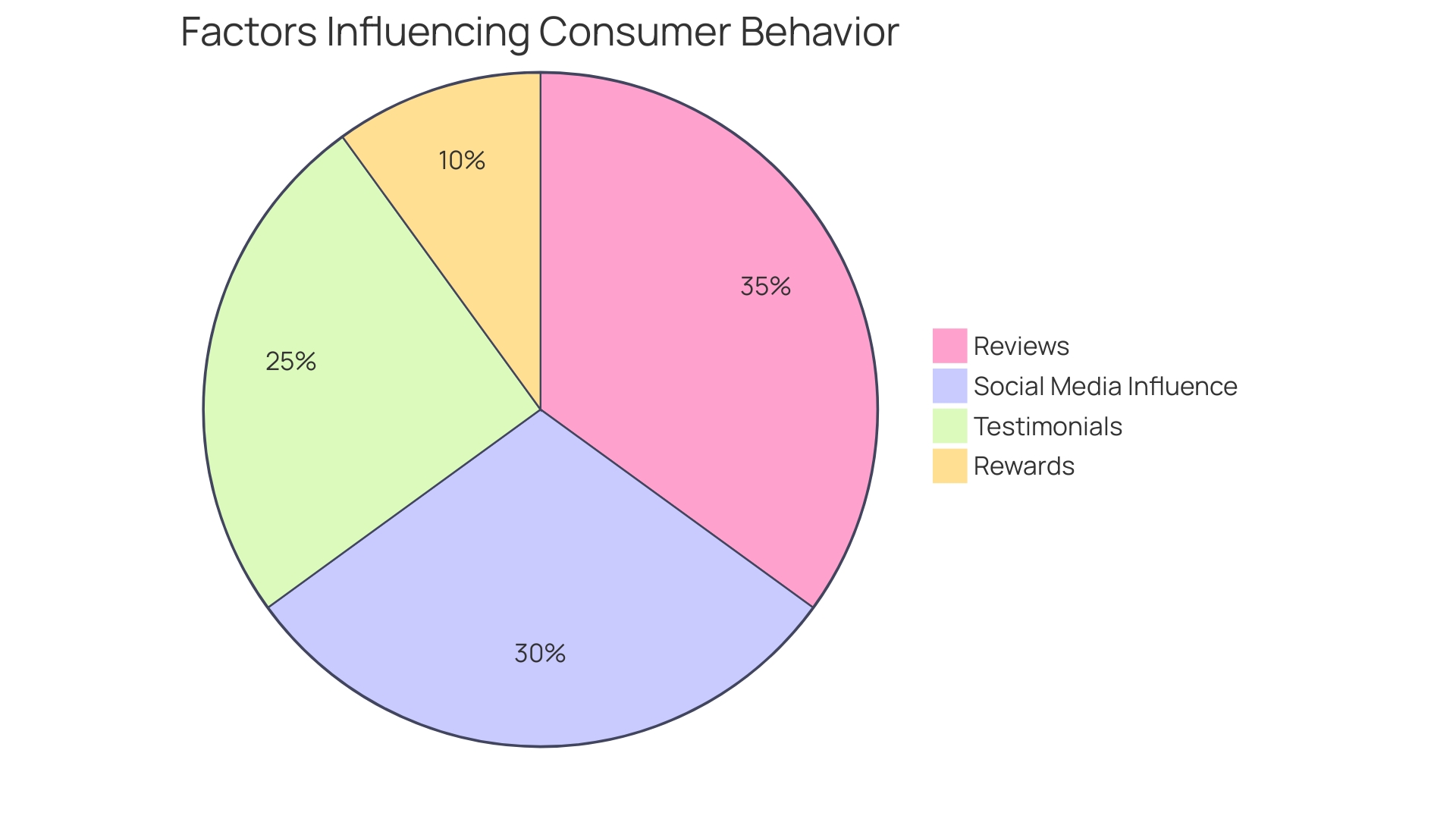
Leverage Shopping Technology
- Optimizing your website for mobile use is crucial, as a significant number of consumers shop on their smartphones. Make sure that your online store offers a seamless mobile interaction to facilitate effortless browsing and secure transactions.
- Integrate state-of-the-art AR and VR technologies to provide an immersive shopping environment. This can be particularly effective for products that benefit from a 'try before you buy' approach, such as fashion or home decor.
- Utilize data analytics to offer customized shopping encounters. By analyzing previous interactions and purchases, you can suggest products that are more likely to appeal to each individual consumer.
- Integrate instant communication options like chatbots and live chat services. Prompt responses to inquiries from clients can greatly enhance the experience of service and potentially increase sales.
Use Coupons and Promotions
Strategically leveraging coupons and promotions can significantly amplify your retail conversion rates. Here are some advanced tactics:
-
Time-sensitive Discounts: Propel customers into action by offering exclusive discounts available only for a limited period. This creates a sense of urgency and can boost immediate sales.
-
Loyalty Rewards: Establish loyalty programs to honor repeat individuals, fostering long-term relationships and enhancing individual lifetime value.
-
Personalized Promotions: Deploy targeted email marketing campaigns to deliver tailored coupons to specific demographics, increasing the relevance and effectiveness of your offers.
-
Cross-Promotional Partnerships: Engage in collaborations with influencers or businesses in complementary sectors to offer joint promotions, broadening your reach and appeal.
The effectiveness of these strategies is supported by compelling statistics. For example, a staggering 93% of shoppers utilize coupons received via email, highlighting the power of personalized marketing. Moreover, the potential of coupons to drive sales is evident, with 66% of consumers likely to purchase using a coupon, even if they had no initial intention to buy. Additionally, the willingness of 28% of American adults to prioritize savings over product quality underscores the influential power of discounts.
Keep in mind, the objective is not only to enhance the number of successful transactions but also to guarantee that these approaches are in line with your overall profitability. As Black Friday and Cyber Monday approach, perfecting your promotional strategy can lead to significant revenue generation and inventory turnover.
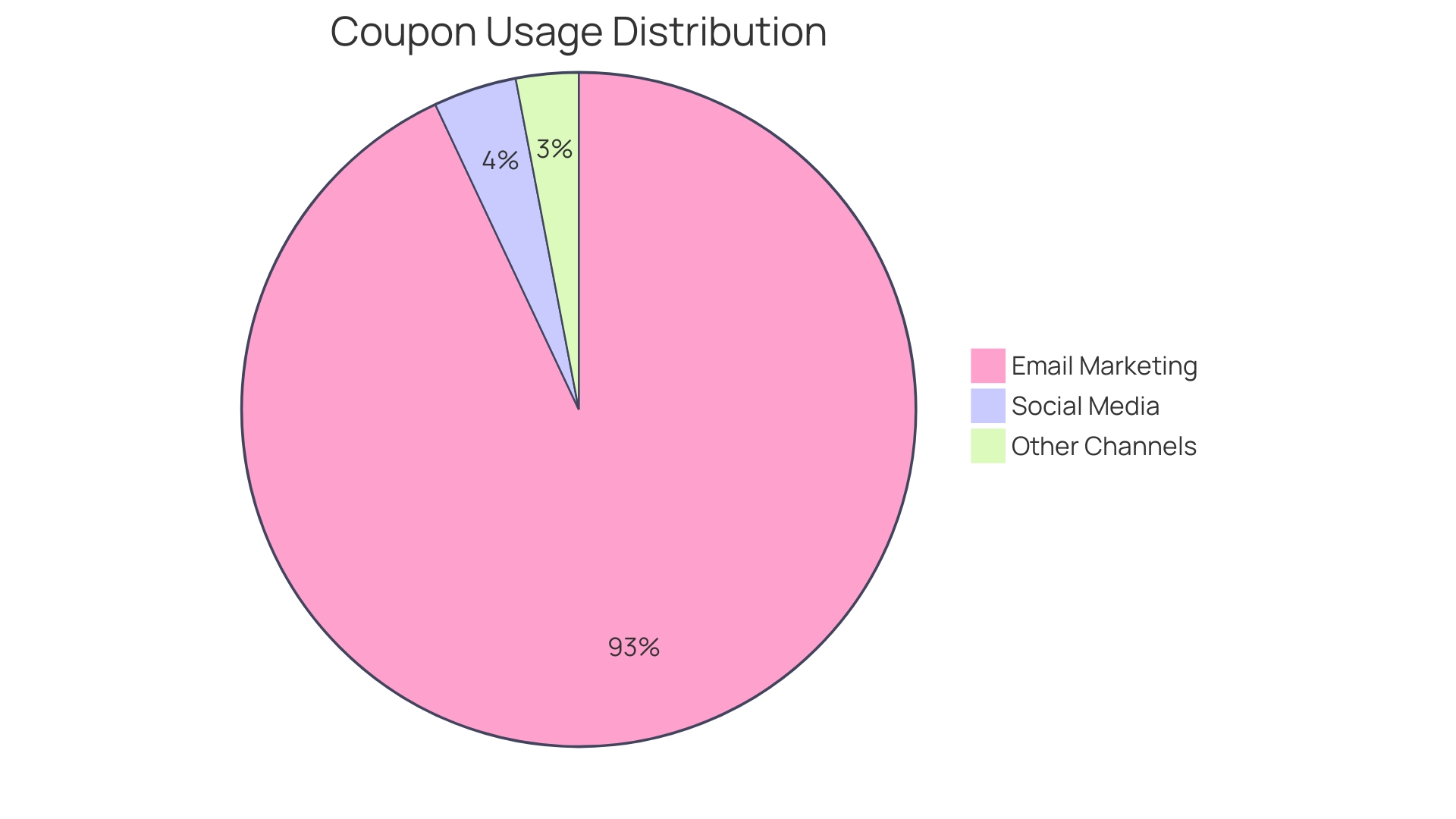
Offer Product Bundling and Rewards Programs
Enhancing the retail journey through product bundling and tiered rewards schemes can result in substantial increases in client involvement and conversion levels. Retailers seeking to innovate can draw ideas from Samsung's Tiering loyalty program, which enhances the overall satisfaction by providing additional perks, such as higher reward rates and exclusive promotions. Emphasizing ease and simplicity, as suggested by industry experts, these programs should be effortless to join and provide clear, tangible benefits.
For instance, bundling products in a way that resonates with consumer demand for convenience, such as combining complementary items or creating BOGO deals, can enhance perceived value. Moreover, a rewards program that acknowledges customer loyalty through points and discounts can foster a sense of exclusivity and appreciation, potentially increasing customer lifetime value.
Furthermore, the incorporation of a unified commerce strategy, providing real-time inventory visibility and omnichannel capabilities, enables a smooth and clear shopping journey. This approach is becoming essential for retailers who wish to provide a wide array of services such as in-store pickup and hassle-free returns, regardless of the purchase origin.
Retailers can also leverage the latest advancements in checkout-free store technology, like those employed in the Dublin Town To Go store at Dublin Airport, to offer frictionless shopping experiences. This innovation shows how the combination of cameras and weight-sensored shelving can streamline shopping, saving people's time and enhancing overall satisfaction.
Communication is key in promoting these initiatives. By consistently informing individuals about the benefits and convenience of bundled offers and rewards through various marketing channels, retailers can ensure these strategies resonate with their target audience. In the end, the goal is to establish an environment focused on the needs and preferences of individuals, emphasizing adaptability, ease, and openness, thereby establishing the basis for prosperous and enduring relationships with clients.
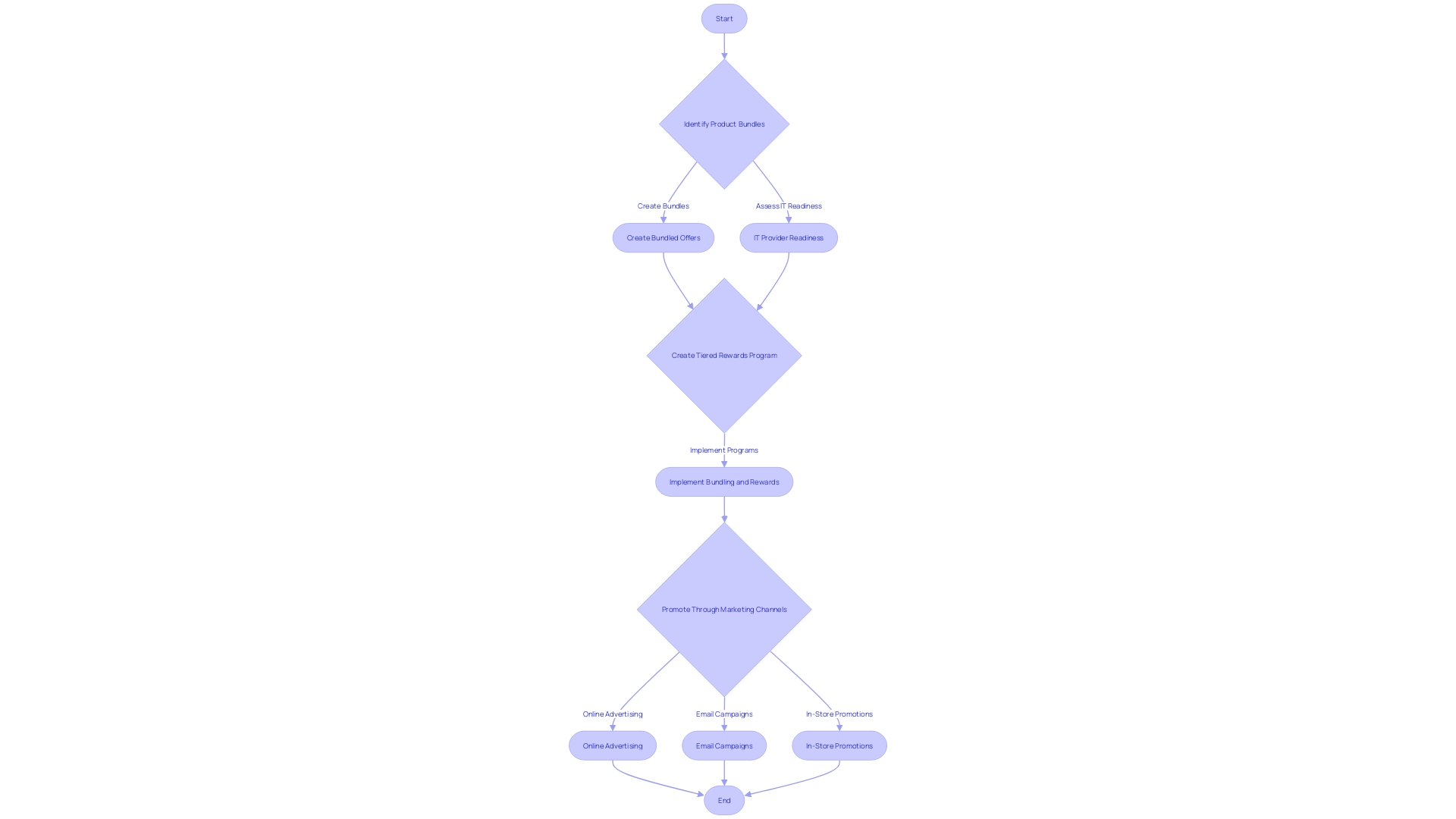
Provide Free Samples or Services
Harnessing the power of free samples and complimentary services is a strategic move that can significantly boost your retail conversion rate. These strategies offer concrete opportunities for individuals, enabling them to engage with your products and knowledge prior to making a buying decision. For instance, consider Zalora's approach to data analytics, which involved shifting focus to the most impactful use cases. By applying this lesson, you can set up interactive stations or demonstration areas to engage shoppers. This not only provides them with a hands-on opportunity but also serves as a valuable touchpoint for collecting feedback and refining your offerings.
Meanwhile, utilizing client testimonials from those who've benefited from your samples or services can create compelling social proof, enhancing credibility and trust. Take cues from Asda's collaboration with Too Good To Go, where the perceived value is heightened through the surprise element, or MediaMarkt's flagship stores that blend technology and experience, enticing visitors to explore and engage with products. The concept is evident: the more time individuals engage with your product, the stronger their dependence and commitment grow, opening the door for increased transformation levels.
This approach is even more impactful when taking into account that the typical ecommerce rate of turning visitors into customers is a benchmark you should aim to exceed. By offering a diverse range of games, as seen in the online bingo industry, or extended free trials like those used by digital product platforms, you encourage customer engagement and loyalty. These strategies give users sufficient time to comprehend and value the worth of your products, thereby enhancing the probability of a successful outcome. Keep in mind, achieving a favorable ratio of successful outcomes is dependent on the circumstances, and by effectively utilizing these strategies, you can establish your retail or e-commerce business at a much higher level than the average in the industry.
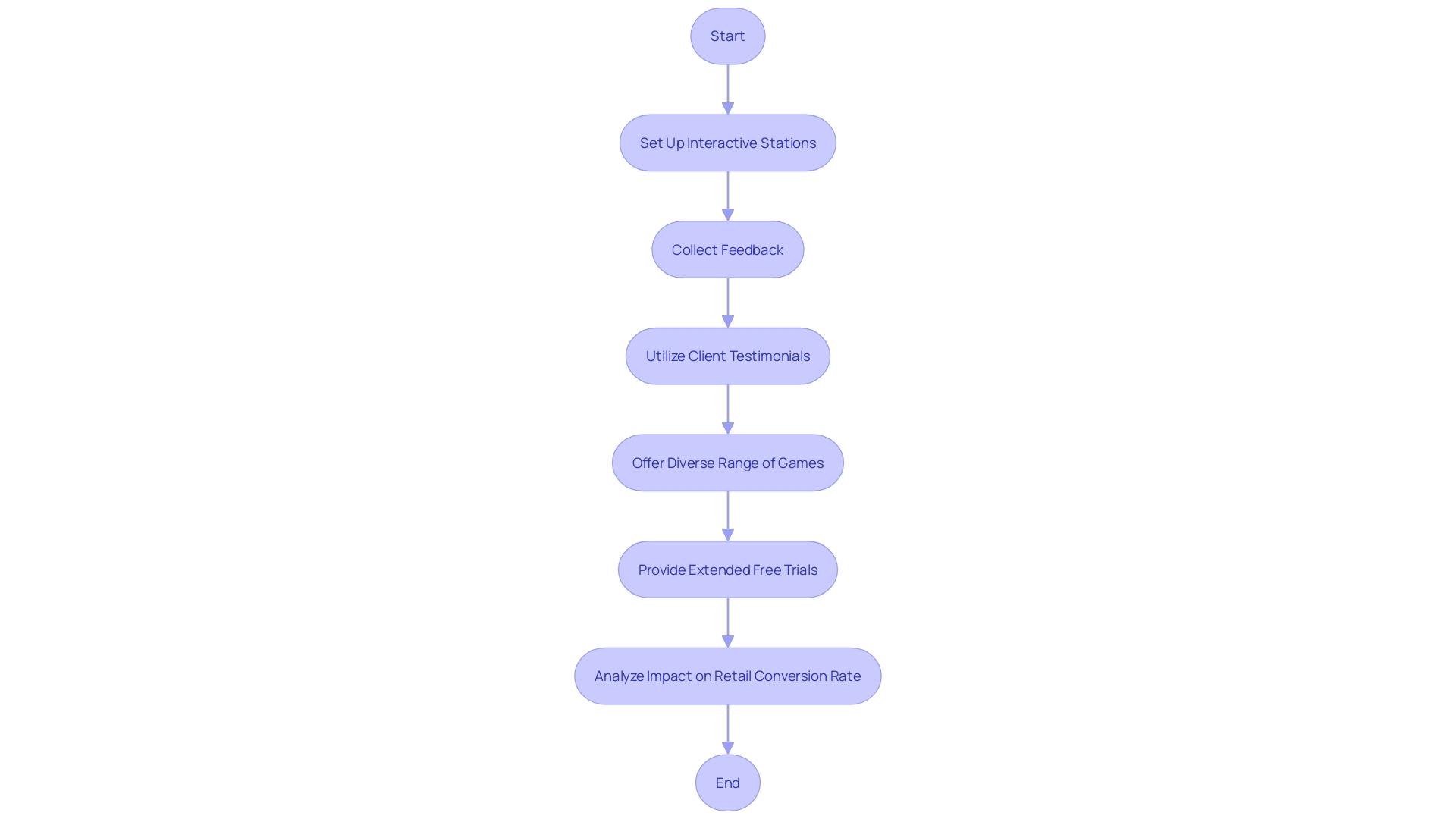
Enhance Customer Experience with Personalization
In the ever-changing landscape of online retail, it is essential to take a strategic approach to personalization in order to enhance the shopping journey and increase the rate at which visitors make purchases. It's about adapting to the unique habits and preferences of each shopper, as highlighted in Walmart's State of Adaptive Retail Report. By understanding the deeper context behind purchases, retailers can predict consumer needs and reduce decision-making fatigue, providing a profoundly personal experience.
To accomplish this, retailers can leverage consumer data to offer finely-tuned product recommendations and targeted promotions. For example, integrating the most recent discoveries from a Morning Consult survey can aid in comprehending clients' present and future expectations, allowing for a more flexible approach to retail.
Moreover, personalization extends to marketing communications. By implementing personalized email campaigns that address individuals by name and provide relevant content, retailers can foster a sense of familiarity akin to being recognized in a favorite coffee shop, as explained in the Gartner® Report on the Power of Personalization in Digital Commerce.
Furthermore, by allowing customers to create wishlists, save favorite items, and receive personalized suggestions, retailers can cater to the individual's shopping preferences. This tailored approach is supported by Forbes, which emphasizes the significance of personalization for businesses competing for consumers' attention and spending in today's market.
Finally, it's important to measure success against industry benchmarks. The average percentage of successful transactions in ecommerce can give you a starting point, but striving to achieve the highest percentile is where significant expansion can be found. This means continuously refining the personalization strategy to stay ahead of the competition, as noted by experts in the field.
Analyze and Test Conversion Strategies
To enhance the performance and conversion of your retail or e-commerce site, let's explore effective strategies backed by real-world case studies and expert insights. Analytics tools are indispensable, as they enable you to track vital KPIs such as click-through rates, bounce rates, and average order value. But don't just collect data—analyze it to unearth actionable insights. For example, a tailored technical stack comprising Django, Tailwind, and HTMX, coupled with a focused SEO strategy that scrutinizes competitor traffic and optimizes content, can significantly enhance your online visibility.
Embrace A/B testing to discern the most compelling website variations, landing pages, or marketing initiatives. This method was demonstrated by a checkout-free store in Dublin Airport, where Zippin technology enabled a smooth shopping process, emphasizing the effectiveness of combining innovation with convenience.
Customer feedback is a treasure trove of information; regularly reviewing it can highlight improvement opportunities. As Nikki Gamble, a Digital Marketing Manager, observed, leveraging technologies like cookies can enrich the user experience, though it's crucial to balance this with privacy considerations.
Finally, staying abreast of industry trends is non-negotiable. The art and science of store layout, as practiced by successful retailers, can inform digital strategies as well. Whether it's creating a user-friendly layout that mimics the in-store journey or using categories to inspire online shoppers, as seen with Loblaws' and Anthropologie's websites, these strategies are grounded in a deep understanding of consumer behavior.
In conclusion, by marrying these strategies with continual analysis and testing, you can ensure your e-commerce platform not only meets industry benchmarks but sets new standards for customer engagement and conversion success.
Conclusion
In conclusion, optimizing store layout, utilizing technology, and implementing personalized marketing strategies are crucial for retailers to increase conversion rates. By creating visually appealing displays, guiding customers through intuitive store layouts, and integrating innovative technologies like augmented reality and interactive elements, retailers can create a customer-centric environment that resonates with their target audience.
Effective queue management, such as using computer vision to analyze checkout lines and offering alternative checkout options, can enhance the checkout experience and reduce wait times. Training and motivating sales staff with in-depth product knowledge and advanced sales techniques can transform customer interactions into profitable opportunities.
Harnessing the power of social proof through customer testimonials and reviews, as well as leveraging the latest shopping technologies like mobile optimization, AR/VR, and personalized experiences, can significantly influence consumer behavior and increase conversion rates.
Strategic use of coupons and promotions, product bundling, and rewards programs can amplify retail conversion rates, while offering free samples or services allows customers to interact with products before making a purchase, building trust and loyalty. Enhancing the customer experience with personalization, both in product recommendations and marketing communications, creates a deeply personalized shopping journey.
Analyzing data, conducting A/B testing, and staying informed about industry trends are essential for retailers to continuously improve and set new standards for customer engagement and conversion success.
By implementing these techniques and continually refining strategies, retailers can position themselves as industry leaders, achieve higher conversion rates, and ultimately drive increased sales and overall retail success.





